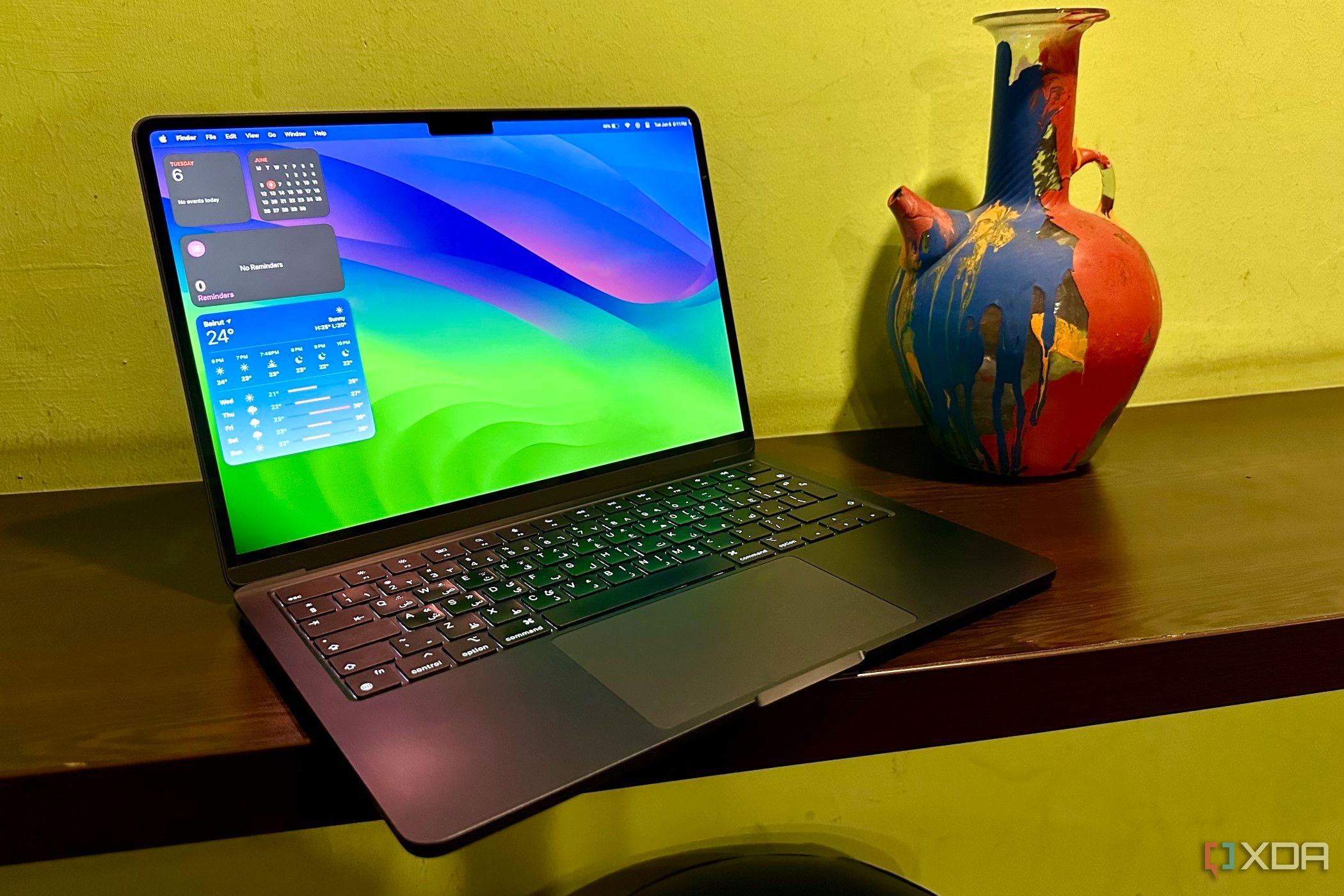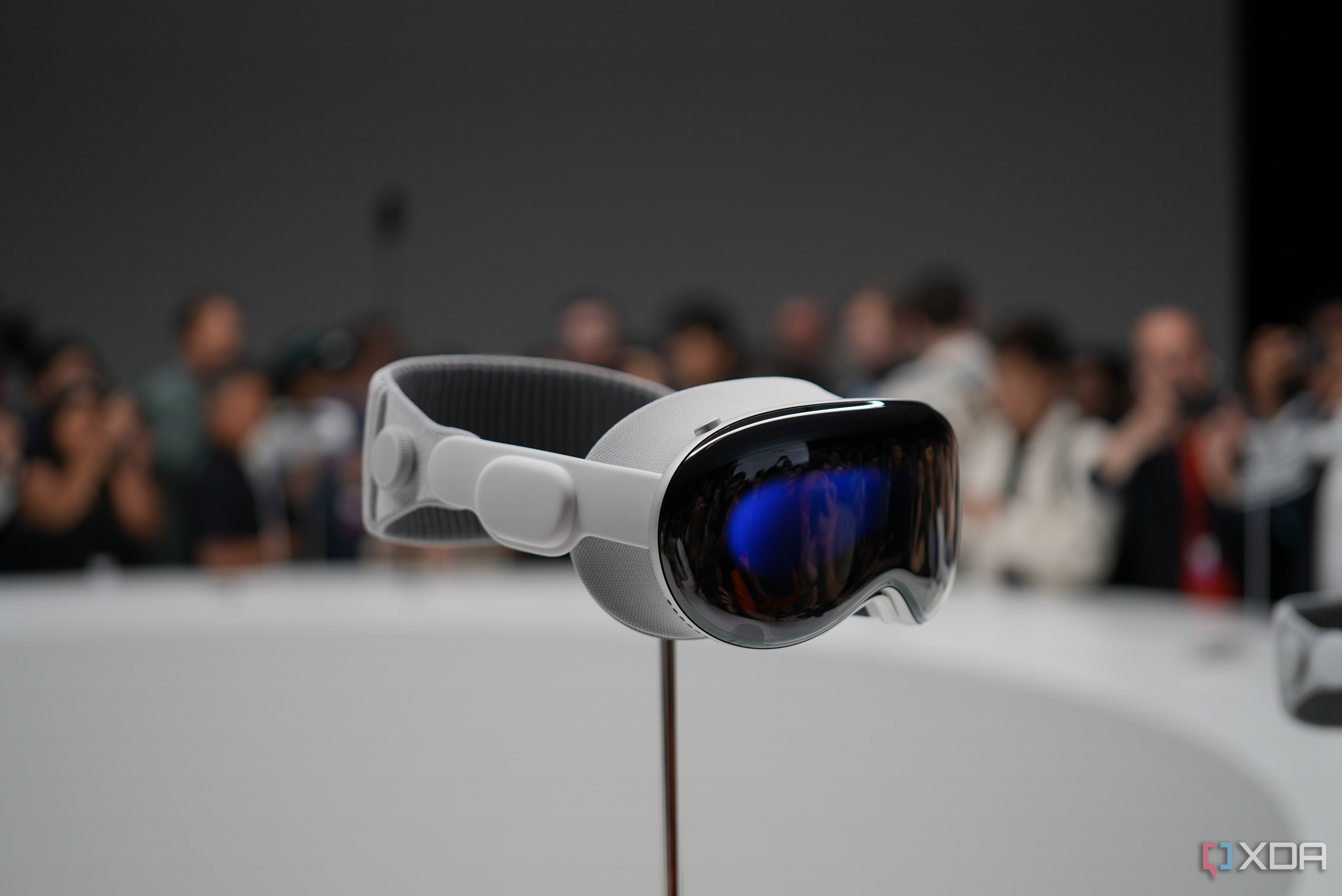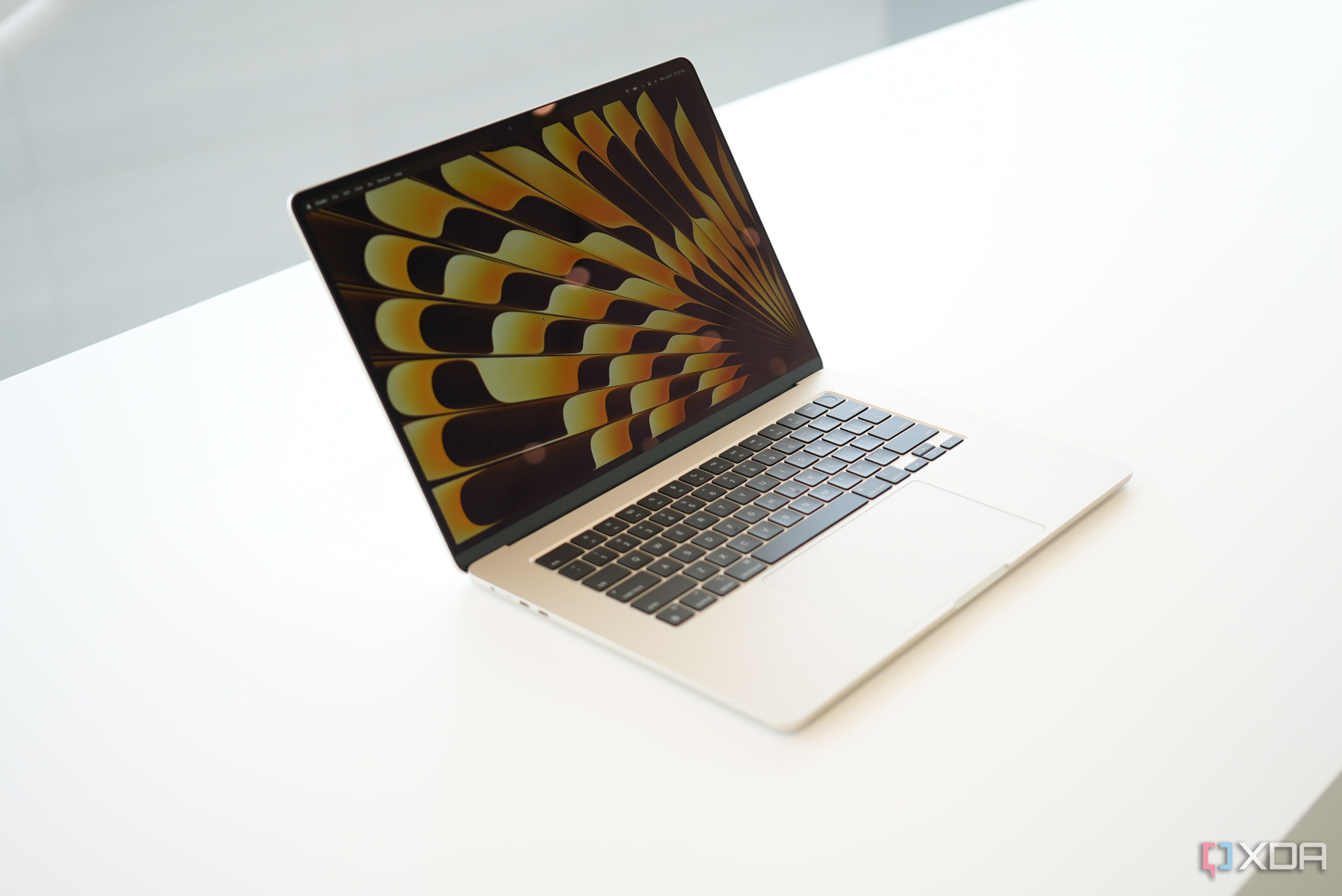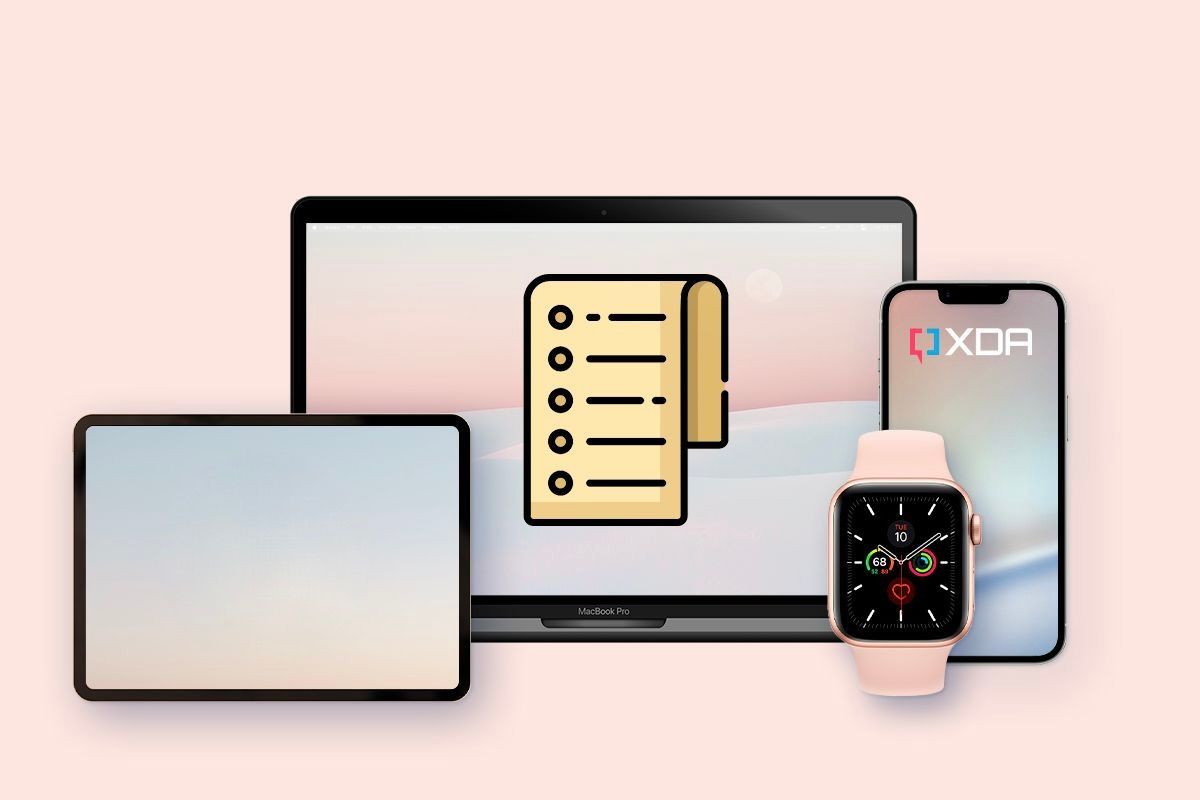Every WWDC, Apple unveils a fresh set of major operating system updates that its devices receive a few months later, and WWDC23 was no different. We got a preview of iOS 17, iPadOS 17, watchOS 10, and macOS Sonoma. Apart from watchOS, though, this year's OS update reveals weren't too exciting. iPadOS 17 focuses on catching up with iOS, while iOS 17 introduces some handy features that only Apple service users can utilize. Similarly, macOS Sonoma's first highlight on the company's website is its new screensavers. This only reflects how minor this update actually is. That, however, is not necessarily a bad thing.
Apple is focused elsewhere
Many enthusiasts, including me, tend to have high expectations before Apple's keynotes. We hope to get our hands on jampacked annual updates that overhaul the machines we use on a daily basis. But as the company's device types and operating systems expand — like with the Vision Pro and visionOS — shipping significant updates becomes more challenging.
That's why many macOS Sonoma features are just Apple keeping it in sync with iOS/iPadOS and ensuring that the new additions on its mobile operating systems are compatible with the latest Macs. This means that many of the exciting changes in iOS 17 are also available on macOS Sonoma, including upgrades to Reminders, FaceTime, Keychain, and Messages. So while there aren't plenty of new macOS-specific offerings, the system has received a decent boost, through these introductions were on the other Apple operating systems first.
macOS is now almost whole
Let's face it: macOS is now quite mature. There's not a whole lot left for Apple to introduce in terms of meaningful changes. That's why FaceTime effects, a tweaked Lock Screen, and new screensavers are in the spotlight. And despite that, there are some welcome changes in Sonoma, such as the ability to place widgets on the desktop and locking Private Safari Windows.
Looking back at previous releases, Ventura brought a revamped Settings app that matched the rest of the system's modern design in addition to the Stage Manager feature. Meanwhile, Monterey brought Universal Control and AirPlay receiving support to the table. A year earlier, Big Sur revamped pretty much the entire operating system, introduced support for iOS apps on silicon Macs, and more. A year before that, Mojave delivered the highly-requested Dark Mode. We can go on.
Taking these notable changes into consideration, there's not much left on our bucket list in terms of major additions. macOS now looks modern and offers a decent set of tools that users expect to have. And with every new release, we get more nice-to-have changes here. As a result, upcoming macOS updates could likely be as minor as Sonoma for years to come.
Making peace with it
While many of us love digging through fresh betas, especially when they're packed with new additions, it's time to make peace with reality. Changes as big as macOS Big Sur are likely not happening anytime soon, if ever again, on the Mac. The same could be said about iOS, too. The jump from iOS 6 to 7 occurred during a very early stage on the smartphone timeline. By now, Apple has listened to user feedback and brought plenty of features that actually impact how we use our phones every day. At this point, it can only tweak certain UI elements occasionally while boosting its built-in apps with an offering or two every year.
And come to think of it, it really is satisfying to use my MacBook Air M2 when I feel like it's missing no core features. The lack of major updates will definitely make upcoming WWDCs more mundane, but that's OK. We now have reliable devices that can serve in the exact way we need them to. For a new type of excitement, we may have to start exploring more devices and operating systems, beyond the Mac and iPhone, such as the Vision Pro.




